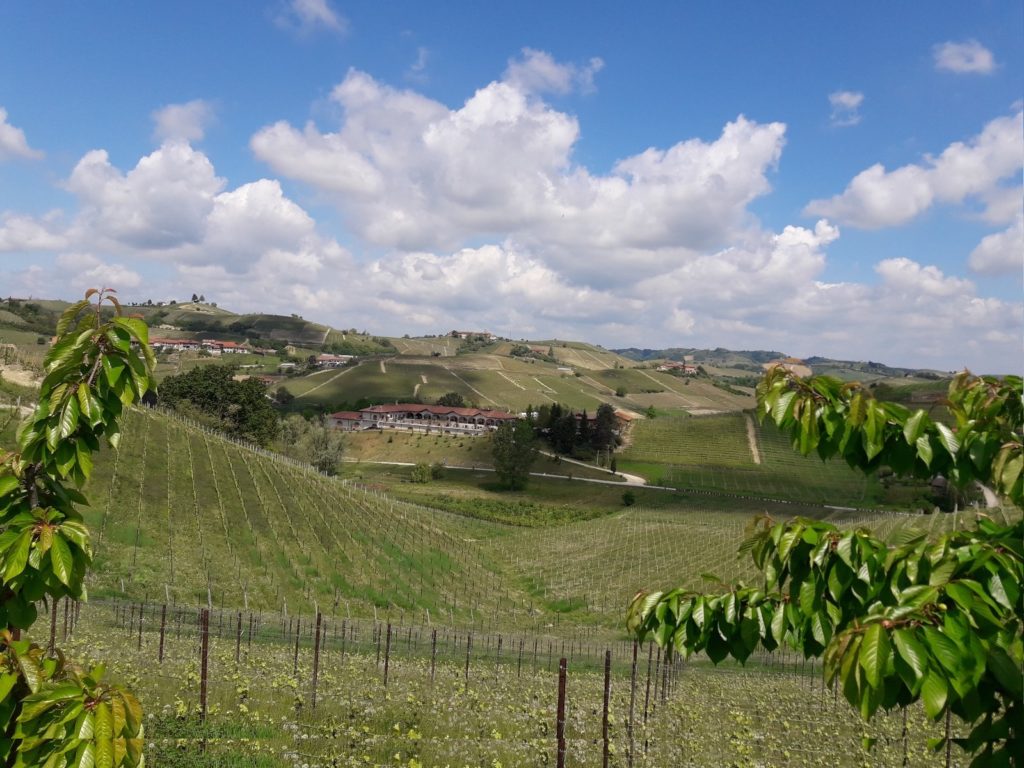
By Patrizia Passerini –
A land surrounded by woods and hills, composed of vineyards and lush fruit trees, overlooked by beautiful and imposing castles, embellished by ancient churches.
It’s Roero, in the heart of the Piedmont wine region, in northern Italy.
Roero is situated between Langhe and Monferrato, in the north-eastern part of the province of Cuneo, half an hour from Alba. It’s on the left bank of the Tanaro river, which marks the watershed between this territory and Langhe.
It’s a land full of history and old-time traditions. Its name, Roero, comes from that of an ancient feudal family, who ruled these lands in the Middle Ages.
Roero welcomes with its gentle slopes, but suddenly flaunts its wild side, made of overhangs, walls of steep rocks, chipped chasms that throw themselves into deep gorges.
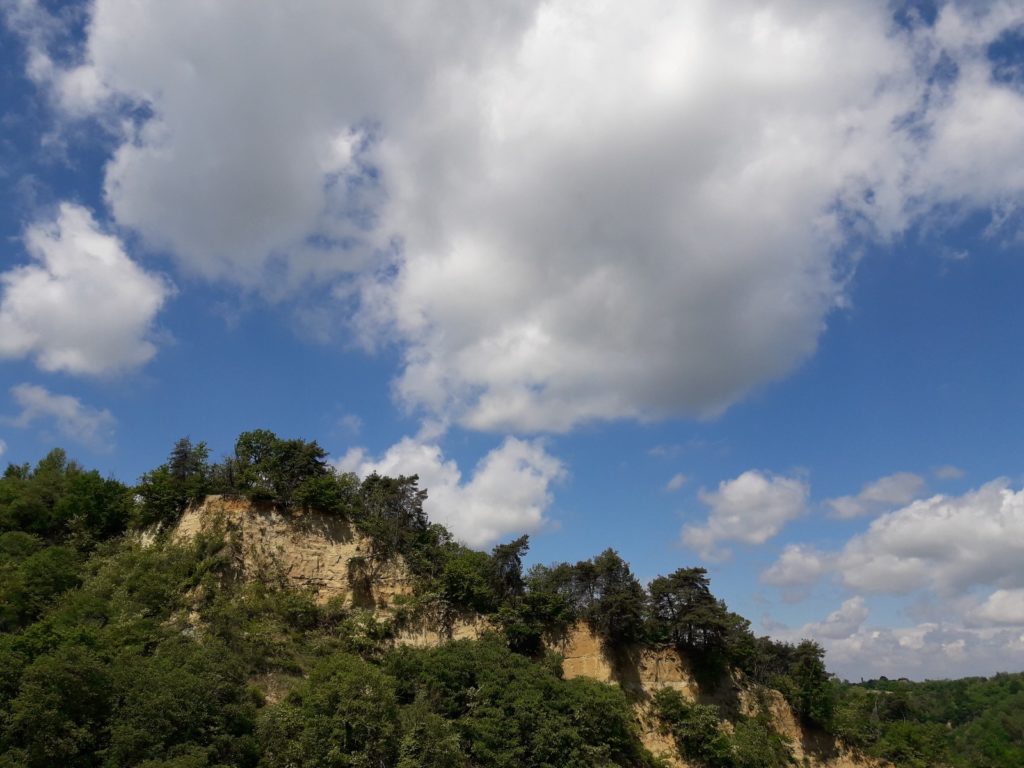
These gorges are called “Rocche“, true canyons, sometimes over one hundred meters deep, originated more than two hundred thousand years ago, as a result of a long geological process of erosion. This was caused by the deviation of the Tanaro river, which triggered a collision of forces and caused a rise of the land, where once there was the sea.
That is why the soil is rich in sea and shells fossil residue, which often emerges from its sandy terroir, dense of minerals and trace elements, such as to be suitable for the cultivation of grapes.
Monteu Roero is one of the most characteristic villages, built on a strip of land between the Rocche. It’s one of the typical “borghi di sommità“, small fortified towns built in the Middle Ages on the tops of the hills, to use the canyon gorges as defensive moats.
A path through the vegetation drives to a medieval castle where Federico Barbarossa stayed between 1167 and 1168. According to a legend, a treasure of gold coins is still buried in the woods of the Castle, hidden by the Spanish fleeing from Monferrato.
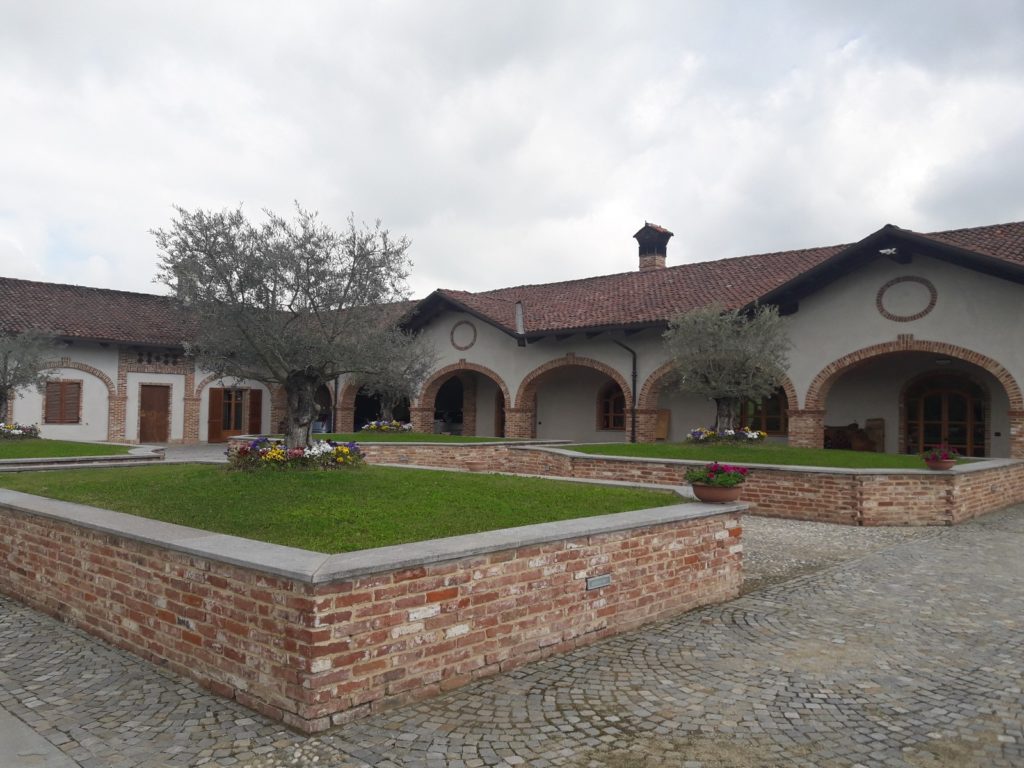
Not far from Monteu Roero in the hamlet of Sant’Anna, we can find “Angelo Negro” winery, overlooking the surrounding hills full of vineyards. The company has been producing wine since 1670 and it’s now headed by Giovanni Negro.
The barrel cellar is a charming place with intense and penetrating acoustics, illuminated by a dim light, with walls made of old sandy local bricks. The barrels and barrique allow the wine to age for years.
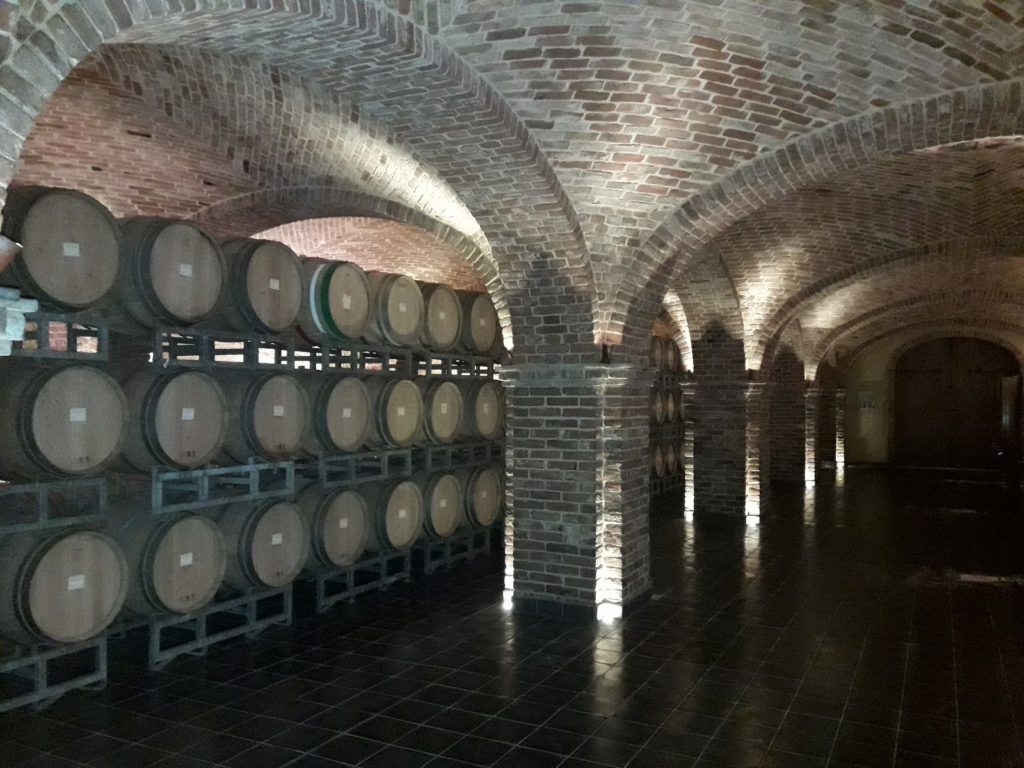
The most widely cultivated grapes are native (autoctoni, originating in this area). They’re Roero Arneis, Favorita, Nebbiolo and Barbera.
They are grown according to the criteria of organic farming, without using chemical fertilizers but only natural products. The only treatments in the vineyard are sulfur and copper, to develop an environment that protects biodiversity.
In Roero we can often see small buildings, called “ciabot” (small houses), at the top of sloping hills. In the past, they were used as shelter for tools or rest from work in the fields for farmers. They are often placed in panoramic venues and today they are used to welcome tourists.
Roero has an ancient history in cultivation of vines and winemaking.
The local populations, the Liguri, began to cultivate grapes when they met the Etruscans, who spread the cultivation method of the vine climbing trees, used as support (vite maritata, “married vine”, according to Pliny the Elder in Naturalis Historia, in the forms of arbustum gallicum and arbustum italicum), about in the 6th century BC.
The Romans increased the extension of the vineyards and they started to produce a lot of wine, building ville rustiche, “rural villas” similar to farms. They also built factories where they made glasses for drinking. An example is the factory of “anforianum” (the famous glasses for drinking quoted by Pliny), found near Monticello.
The growth of trade made the Romans merchants of wine, as revealed by a funeral stele found in Pollenzo, which refers to a “mercator vinarius” (merchant of wine)
During the Middle Ages, monasteries played a key role in the cultivation of vines and production of wine. Many important Abbeys, such as Abbey of Novalesa, an ancient Benedectine Abbey founded in the 8th century in the north of Piedmont, owned vineyards in Roero. The monks passed knowledge about vine growing and winemaking processes, derived by ancient Romans (Plinio, Catone, Varrone, Columella) from one religious order to another, as evidenced by precious manuscripts.
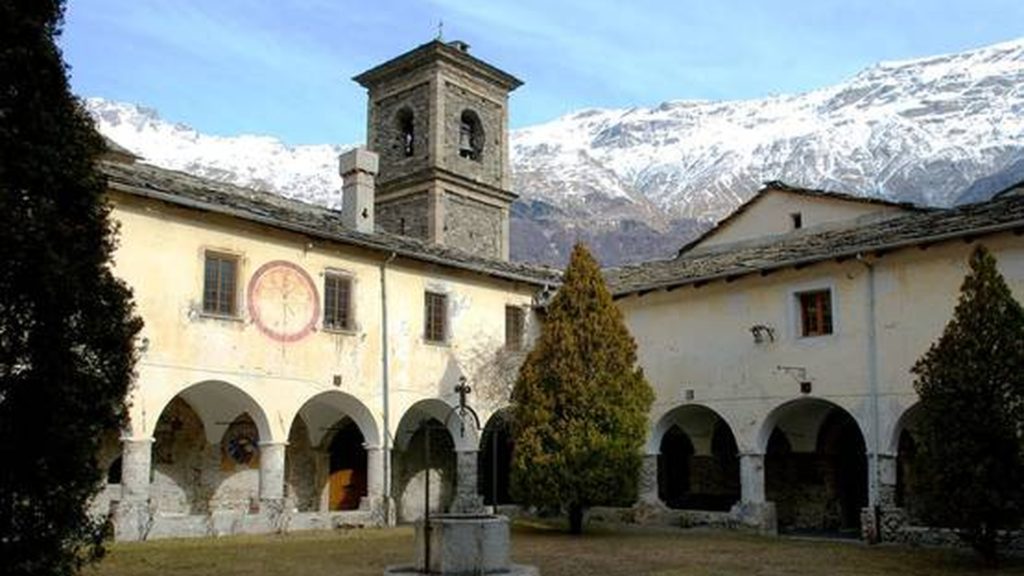
Canonical documents ofter refear to terms related to vines, grapes, crushing, and wine intented for servitude. In addition, Nebbiolo is mentioned in a document dated 1303 in a rental contract.
Despite the devastation of the phylloxera during the 19th century, grape growing went on, but the real turning point came in the 20th century, around 1970.
Giovanni Negro, followed by other pioneers, had the idea of making Arneis wine as a dry one. In the past, Arneis was not much cultivated, as Nebbiolo was the most widespread grape variety. Families produced a very small amount of Arneis wine and they made it as a sweet wine, consuming it only on special occasions. Mr. Negro understood that dry Arneis wine had great potential and made his first production, making it known, first in Italy and then in the rest of the world.
The name Arneis perhaps derives from “Renesio“, a word which appears in a document from Canale in 1478. It was the name of a “bricco” (the top of a hill in Piedmontese dialect) called “Renesium” near Canale. For others, Arneis derives from a word of Piedmontese dialect, which means “lively, fluffy”, to indicate an original wine.
Arneis that comes from these soils is a wine with unique characteristics. Depending on the composition of the soil and the different microclimates, it offers various nuances and it’s produced in different types: classic method, white wine, raisin wine.
What is striking is the intense scent of hawthorn and acacia flowers, combined with an intense flavor and a long minerality. According to the regulations, today the denomination Roero Arneis indicates the white wine coming from the grape Arneis, while the denomination Roero, without any other specification, indicates the red wine coming from the grape Nebbiolo.
But Roero is not only wine and viticulture. A journey through the hills of Roero allows us to discover, in addition to vineyards, orchards enriched with borders of roses and poplar woods. The Romans knew these woods well and called them “silva popularis” (poplar woods from “populus“, poplar). Also, we can discover chestnut trees and clearings where we can collect precious truffles.
Moreover, in the woods, there are numerous acacia trees, whose flowers give rise to a formidable activity linked to beekeeping and honey production.
Characteristic of these places are the “crotin“, underground tunnels dug into the tuff and sand, which were used as shelter for tools and used to age wine. In these underground cellars the stories of “masche” (a word in Piedmontese dialect) are often set. They were witches, women accused of practicing witchcraft at the time of the Inquisition, such as Fiorina, who lived in this land and was tried, cause she was accused of being a witch and died in prison in 1628.
Discovering history and legends, walking along the paths that run along the Rocche in Roero, we can see an extraordinary land, made by fine soft golden yellow sand that caresses and flakes under the hands, giving wines an extraordinary minerality.
This is Roero, where once there was the sea.
Notes
[1] Attilio Scienza, Andrea Zanfi, Italia Terre da Vino, SeB editori, Prato (FI), 2016
[2] Alfredo Antonaros, La grande storia del vino. Tra mito e realtà, l’evoluzione della bevanda più antica del mondo, Pendragon, Bologna, 2006
[3] A.A.V.V., “Il piacere del vino, come imparare a bere meglio”, Slow Food editore, Bra, 2011
[4] Gian Mario Ricciardi, Le colline raccontano, Umberto Soletti editore, Baldissero d’Alba (CN), 2015
[5] Umberto Soletti, Gianluca Soletti, Il Roero e i suoi sentieri, Umberto Soletti editore, Baldissero d’Alba (CN), 2016
[6] Stefano Camanni, A piedi tra le vigne di Langhe e Roero, edizioni del Capricorno, Torino, 2016